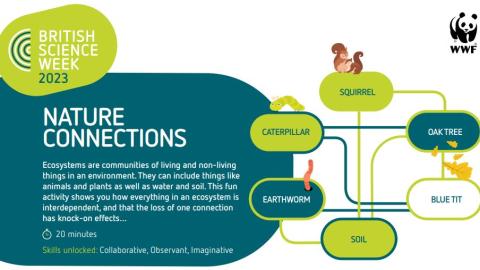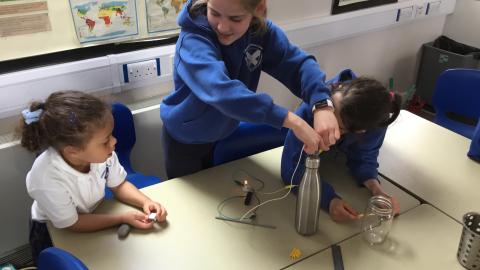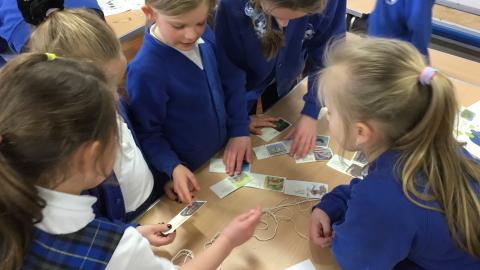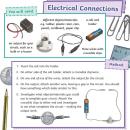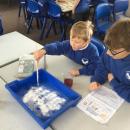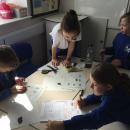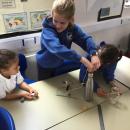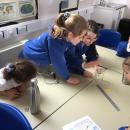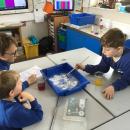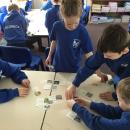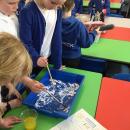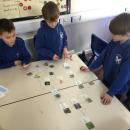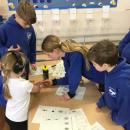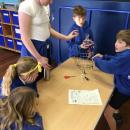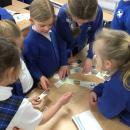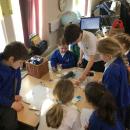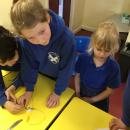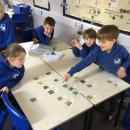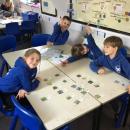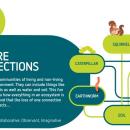We were delighted to embrace the theme for the 2023 British Science Week – ‘Connections'
Nearly all innovations in science, technology, engineering and maths are built on connections between people; two (or more) heads are better than one, after all! Therefore, we decided to come together on Friday afternoon to explore four science activities and find out more about scientific connections. We worked in our core value houses group which meant children could learn from their siblings and others from different classes. Each group completed four activities:
Electrical Connections
Why did some materials complete a circuit to power an output and others do not? Some materials are conductors and some are insulators. A conductor of electricity is a material that will allow electricity to flow through it. Materials that are electrical insulators do not allow electricity to flow through them. Metal is a conductor of electricity. When you put a coin or metal paperclip in the circuit, electricity flows through the metal, which completes the circuit and powers the output.
Fingerprint Connections
A scientist or detective could connect a set of fingerprints to the person they belong to, because fingerprints (along with palm, toe and sole prints) are unique to each individual person. The prints are a combination of patterns and tiny ridges on the surface of the skin. They are fully developed on a human baby before they are even born.
Fizzy Colour Connections
We just made a chemical reaction! When you mix vinegar with bicarbonate of soda, they combine and ‘fizz’ to produce a gas called carbon dioxide (CO²). This happens because vinegar is acidic and bicarbonate or soda is alkaline. If you were to mix either one with water (which is neutral), nothing would happen.
Nature Connections
Ecosystems are communities of living and non-living things in an environment. They can include things like animals and plants as well as water and soil. This fun activity shows you how everything in an ecosystem is interdependent, and that the loss of one connection has knock-on effects.

